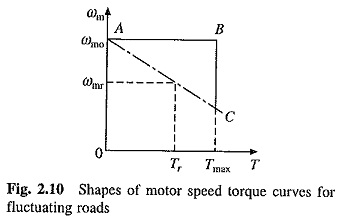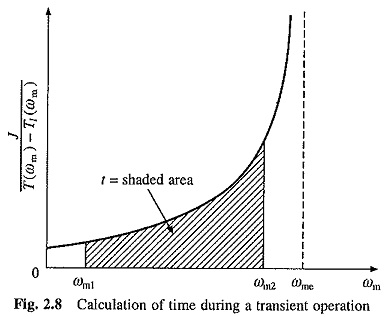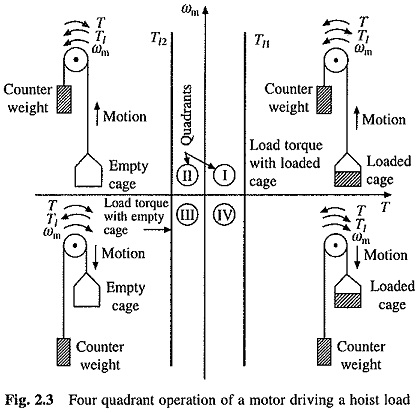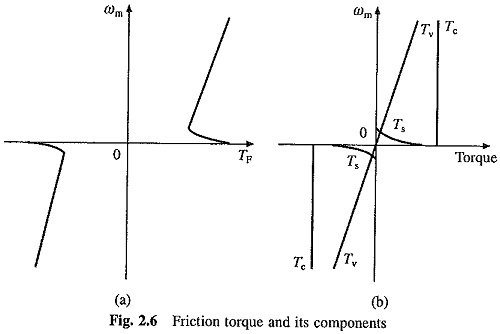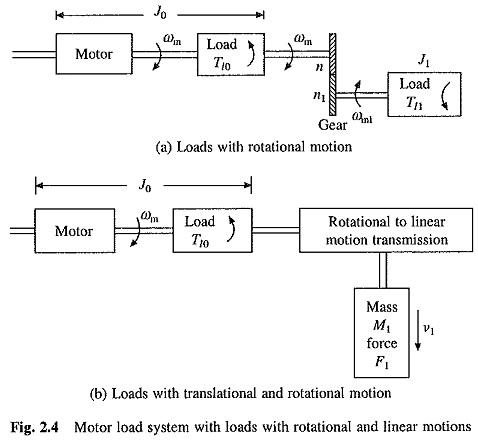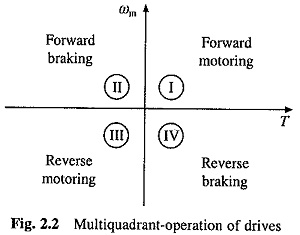Load Equalisation in Electrical Drives
Load Equalisation in Electrical Drives: Load Equalisation in Electrical Drives - In some drive applications, load torque fluctuates widely within short intervals of time. For example, in pressing machines a large torque of short duration…
